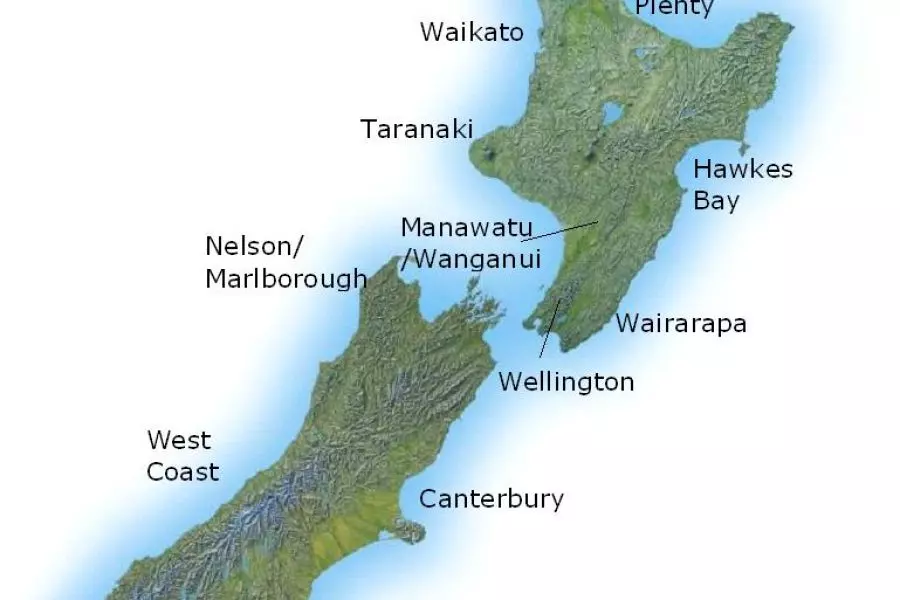News
Wrapping it up: The year in review

Friday 30th of December 2016
There can be little doubt that the skyrocketing fortunes of house prices around New Zealand dominated market discussion this year. Auckland’s market has been hot for some time, but that heat spread solidly outwards in 2016. This led to rising prices and tighter supply, as well as
Want to read the full article?
Click the button below to subscribe and will have unlimited access to full article and all other articles on the site.






![[The Wrap] Bye Bye Bayly](https://goodreturns.publit.io/file/c_fill,w_900,h_600/39f23ac1-f7c7-4854-b700-a150004ebbac.webp)


